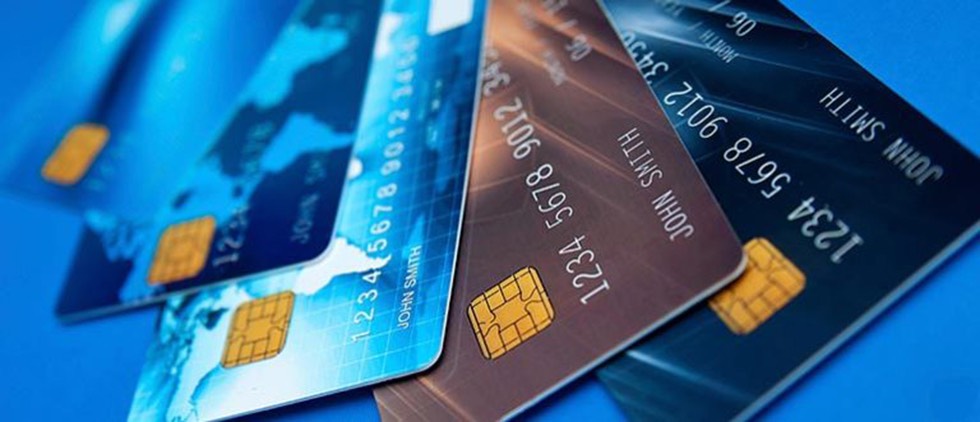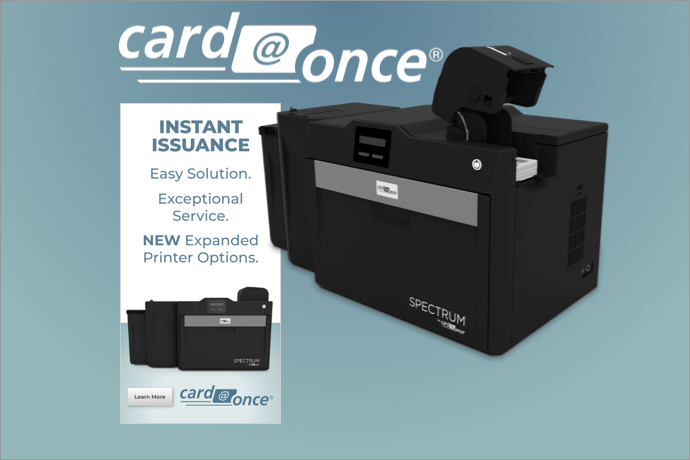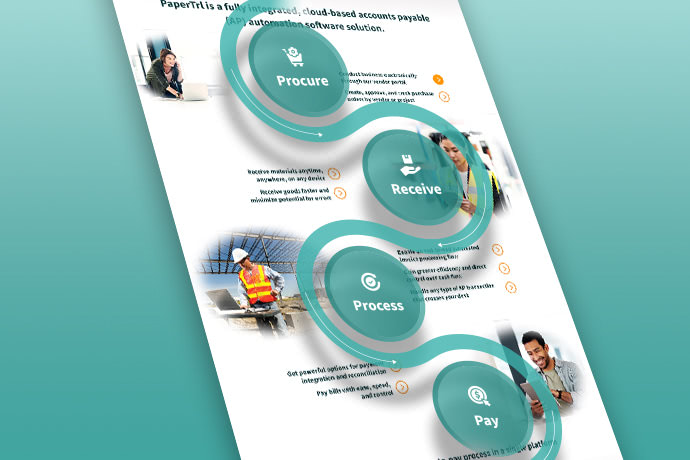Banks Make a Play for the Unbanked

Prepaid cards, specifically general purpose reloadable (GPR) cards, have long been the product of choice for the unbanked and underbanked. The low barrier to entry has made these cards ideal for this segment – consumers just pick them up off a shelf, load them with cash and use them like debit cards. GPR cards, once the domain of display racks at retail and check cashing stores (also known as alternative financial services or AFS), seem to be moving into the mainstream of the financial service industry. Why is this happening, and why now? It appears to be the confluence of several factors.
A sizable segment
A 2011 study by the FDIC found that approximately 30 million U.S. households can be classified as unbanked or underbanked — that’s one quarter of the households in the United States. The conventional industry wisdom is that the un/underbanked are mostly made up of the working poor and recent immigrants. While those two groups account for part of the segment, according to a study by KPMG, it also includes both young, tech savvy consumers and older workers who’d had a financial disruption like job loss during the Great Recession. Although many of the un/underbanked are part of this segment because banks see them as unprofitable or too risky, others are in the segment by choice: avoiding banks because of frustration with fees and minimum balances, absence of trust in traditional financial institutions (FIs) or lack of need to have a bank account.
Increased options
In the last decade, the features and benefits of GPR cards have moved closer to traditional debit products, giving un/underbanked customers a “bank like” experience. Many GPRs offer clients features like direct deposit, online account management, cash withdrawals, rewards and merchant discounts — potentially giving consumers less motivation to move into the world of the “banked.” In fact, one of the biggest GPR issuers, Green Dot, recently announced plans to launch GoBank, an app-based “bank” as a way to further expand its product set.
At the same time, consumers have more choices, not only from celebrities like Suze Ormon or Russell Simmons, but also from well-established brands like Wal-Mart and American Express (who have partnered to launch the Bluebird card) and tech start-ups like Simple and Boom (that offer app-based accounts with debit cards).
Banks getting in the game
Big banks are not sitting on the sidelines; they are getting in the game. Chase recently launched Liquid, a prepaid card with a $4.95 monthly fee that also allows customers to make ATM withdrawals, and Regions Bank has the Now Card that targets the un/underbanked. A survey by the American Bankers Association showed that 52 percent of banks either currently offer or plan to offer prepaid cards. This makes perfect sense: Why would they sit by and let potential customers use Green Dot cards when they can use bank-issued GPRs? And since prepaid cards were not subject to additional regulation in the recent Financial Service Reform Bill, banks can move into this category without as much oversight.
How banks can beat the AFS competition
Since many of the un/underbanked avoid traditional FIs by choice, they seem to feel comfortable managing their money without formal relationships with banks. So what can FIs bring to the table that the AFS institutions cannot? After all, a GPR by any other brand is still a GPR. The biggest advantage banks have is the ability to help the un/underbanked build or rebuild their credit. Many issuers offer secured cards (U.S. Bank and Bank of America to name just two) that provide some checks and balances to ensure customers do not overextend, while helping to build up the all-important credit score.
Grabbing a piece of this large segment with GPR cards is a good start for banks. The next step is to determine what other products these customers may be receptive to. This product migration strategy avoids one of the traditional financial services industry pitfalls: looking at customers product by product instead of as holistic relationships with future potential. For some this potential will be limited to targeted fee-based products that mitigate risk. But for the highest-value customers, the best approach may be a gradual move from unbanked to banked and – this is key! – banked with you and not with someone else.






